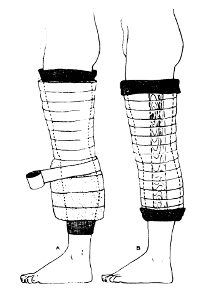#3. You are responsible for the conduct of your staff
If the people who work for you treat patients
poorly, you may be responsible. It is important that your staff have bedside
manner at least as good as yours.
#4. Avoiding
your patients
Some of your patients may need to contact you,
either while in the hospital or while at home. Don’t appear to be inaccessible.
This is an extension of your bedside manner. Return phone calls or messages
promptly, or have one of your staff do so. Make time to meet with patient
families while in the hospital. Remember, you
deal with trauma all the time; this is probably the first time they have and it
is extremely stressful.
#5. Ordering
a test without checking the result
I presume that if you order a test, you are
interested in the result. And hopefully it will make some difference in patient
care. If not, don’t order it. But if you
do order a test, always check the
result. If a critical result is found, don’t assume that “someone” will
tell you about it. You are
responsible for checking it and dealing with any subsequent orders or followup
that is needed.
#6. “What
we have here is a failure to communicate” – part 2
Most of the time, our patients have primary care
providers somewhere. Make it a point to identify them and keep them in the
loop. Provide, at a minimum, a copy of the discharge summary from the hospital
or emergency department. If new therapies of any kind are started, make sure
they are aware. And if an “incidentaloma” is found (a new medical condition
found on lab tests or imaging studies), followup with the primary care provider
to make sure that they are aware of it so they can take over responsibility for
further diagnosis or treatment.
See part 3 of this series tomorrow!

